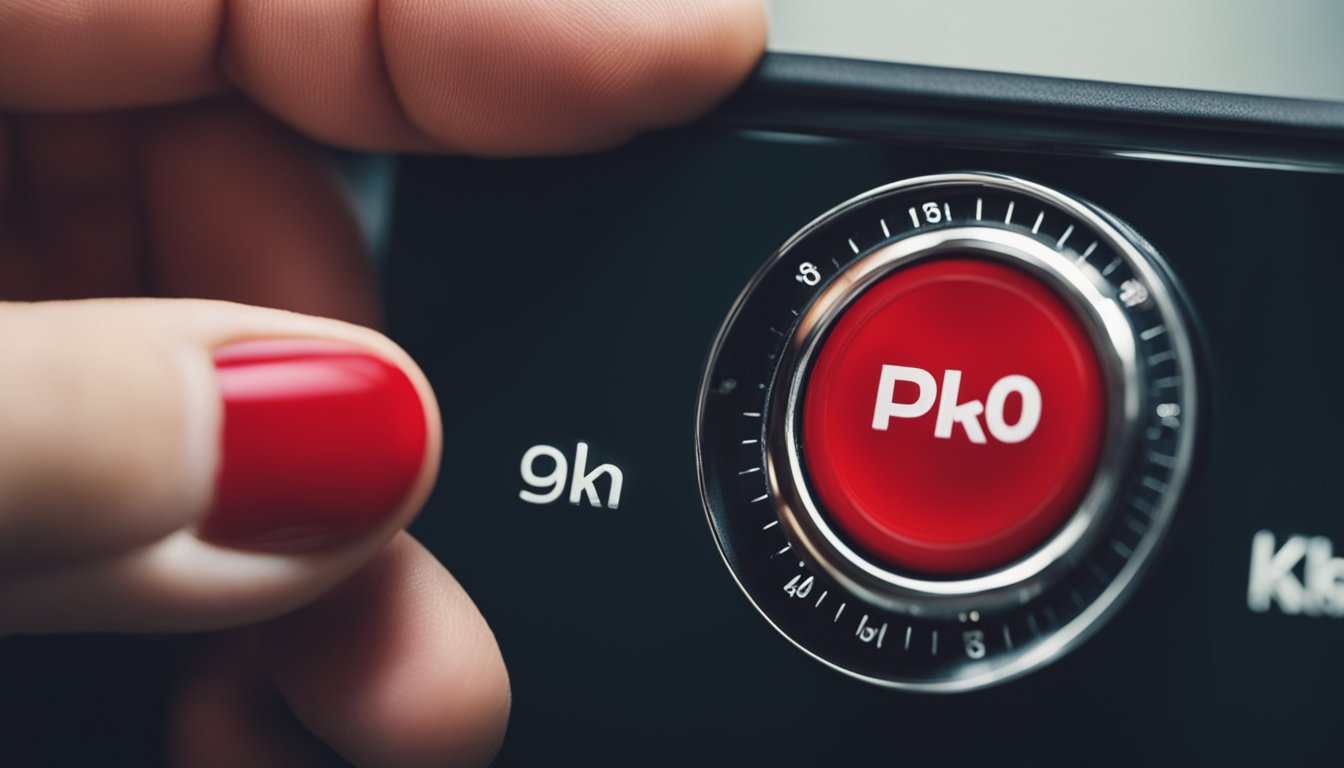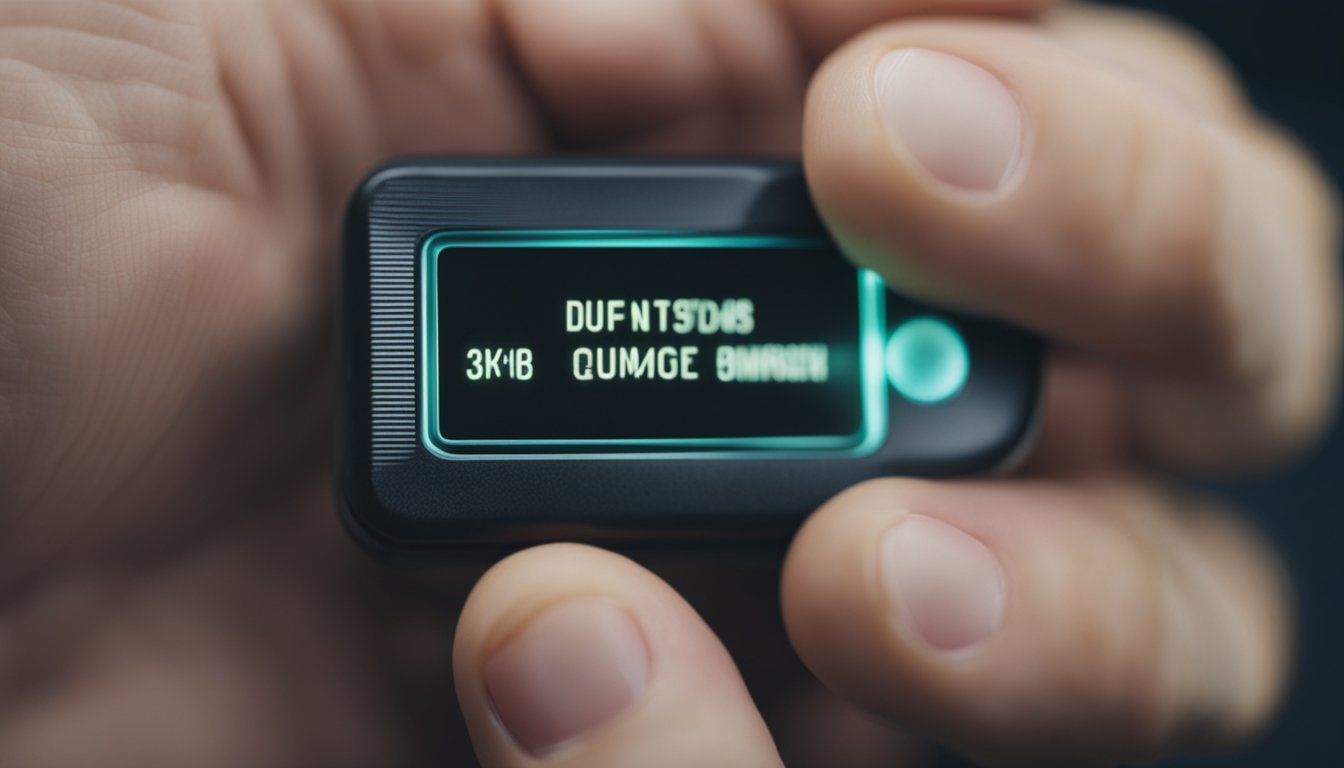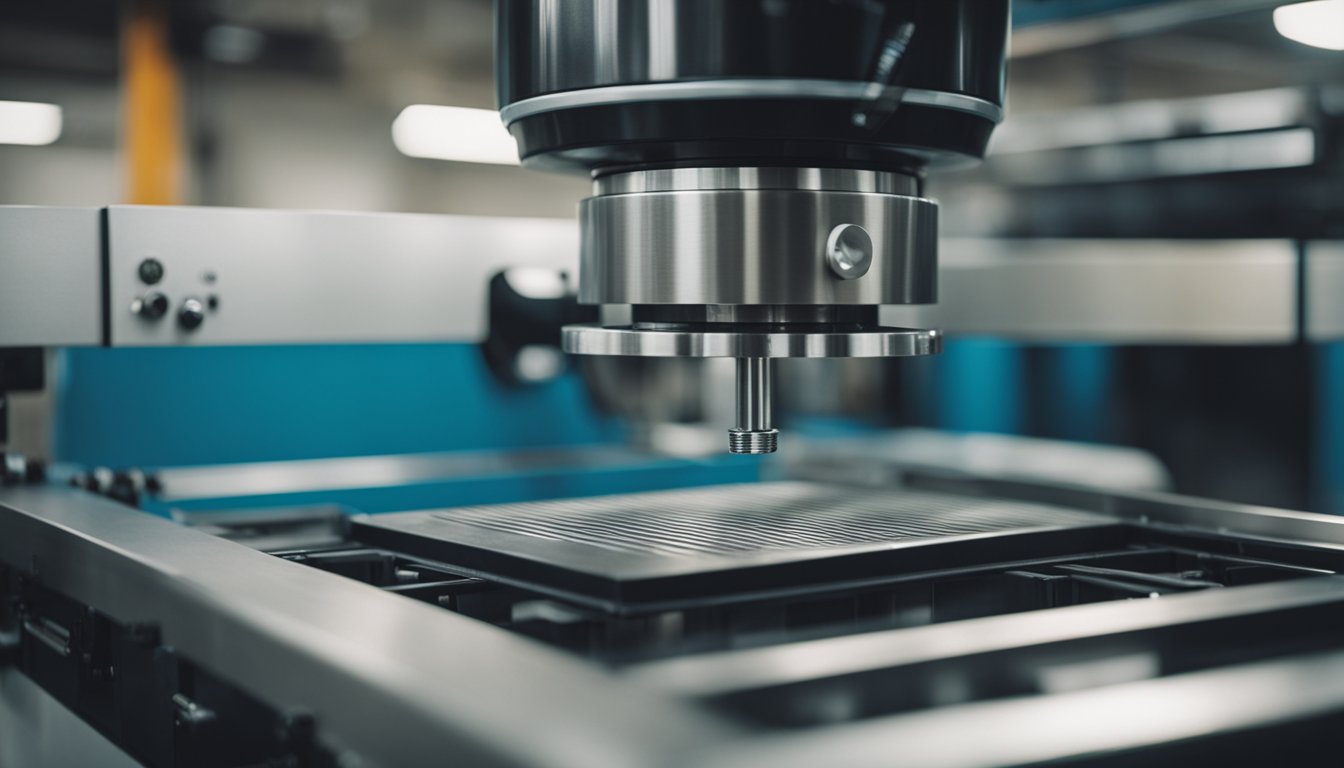Contact
Write to Us And We Would Be Happy to Advise You.
Do you have any questions, or would you like to speak directly with a representative?
By peter
If you’re looking for a versatile and reliable way to control electronic devices, then you might want to consider membrane push button. These buttons are designed to be used in a wide variety of applications, from consumer electronics to industrial machinery. They offer a number of advantages over other types of buttons, such as mechanical switches, including lower cost, greater durability, and more flexibility in terms of design.

One of the key features of membrane push buttons is their low profile. This makes them ideal for applications where space is at a premium, such as handheld devices or control panels with limited real estate. Additionally, membrane push buttons are typically very easy to operate, requiring only a light touch to activate. This can be especially beneficial in situations where the user needs to be able to quickly and accurately input commands without having to apply a lot of force.
Overall, membrane push buttons are an excellent choice for anyone looking for a reliable and cost-effective way to control electronic devices. Whether you’re designing a new product or retrofitting an existing one, these buttons offer a number of advantages that make them a popular choice in a wide variety of applications.

Membrane push buttons are an essential component of electronic devices. They are used in a wide range of applications, from consumer electronics to industrial machinery. In this section, we will discuss the design principles and material composition of membrane push buttons.
The design of a membrane push button is a crucial factor that affects its performance. The button’s design determines its tactile response, actuation force, and durability. The following are some of the design principles that are used in membrane push buttons:
The material composition of a membrane push button is another critical factor that affects its performance. The button’s material composition determines its resistance to environmental factors such as moisture, heat, and chemicals. The following are the materials commonly used in membrane push buttons:
In summary, the design principles and material composition of a membrane push button are crucial factors that affect its performance. A well-designed button with high-quality materials will provide a reliable and durable solution for your electronic device needs.

Membrane push buttons are an essential component of many electronic devices and machines. The manufacturing process of membrane push buttons involves several steps, including molding and shaping, circuit integration, and surface printing.
The first step in the manufacturing process of membrane push buttons is molding and shaping. In this step, the base material, typically polyester or polycarbonate, is molded and shaped into the desired shape and size. The molding process is done using heat and pressure, and the shape is achieved using a die-cutting process. The thickness of the base material can vary depending on the application and requirements.
The second step in the manufacturing process of membrane push buttons is circuit integration. In this step, conductive traces are printed on the base material using a screen printing process. The conductive traces are made of a thin layer of silver or copper, and they are used to create a circuit when the button is pressed. The circuit can be either a simple or complex one, depending on the application.
The third and final step in the manufacturing process of membrane push buttons is surface printing. In this step, the button’s surface is printed with the desired graphic design or text using screen printing. The printing process is done on the top layer of the base material, which is typically clear or tinted. The printing can be done in a single color or multiple colors, depending on the design requirements.
In conclusion, the manufacturing process of membrane push buttons involves molding and shaping, circuit integration, and surface printing. Each step is crucial in creating a functional and aesthetically pleasing button. The process can vary depending on the application and requirements, but the basic steps remain the same.
When it comes to membrane push buttons, there are several types and variations to choose from. Here are some of the most common ones:
Tactile buttons provide feedback to the user when they are pressed, such as a click or a vibration. This can help improve user experience and make it easier to know when a button has been activated. Non-tactile buttons, on the other hand, do not provide any feedback and require the user to rely solely on visual cues to know when they have been pressed.
Illuminated buttons are a popular variation of membrane push buttons. They feature built-in LED lights that can be used to indicate the status of a device or to make it easier to locate buttons in low-light environments. Illuminated buttons can be customized with different colors and brightness levels to suit your needs.
One of the benefits of membrane push buttons is that they can be easily customized to fit your specific needs. This includes custom shapes, which can be cut to fit any size or shape requirement. This makes it possible to create unique and innovative designs that stand out from the competition.
Overall, there are many different types and variations of membrane push buttons to choose from. Whether you need tactile feedback, illumination, or a custom shape, there is a solution out there that is right for you.
When designing a membrane push button, there are several user interface considerations to keep in mind. These considerations are important for ensuring that the button is easy to use, aesthetically pleasing, and provides feedback to the user.
Ergonomics is an important consideration when designing a membrane push button. The button should be designed to fit comfortably in the user’s hand, with the buttons positioned in a way that is easy to reach. The size, shape, and layout of the buttons should be designed to minimize the risk of user error. Additionally, the button should be designed to be easy to press, with a tactile response that provides feedback to the user.
The aesthetic design of a membrane push button is also important. The button should be designed to be visually appealing, with a design that is consistent with the overall design of the device. The color, shape, and texture of the button should be carefully considered to ensure that it is easy to identify and use. Additionally, the labeling of the button should be clear and easy to read, with a font size and style that is consistent with the overall design of the device.
Feedback mechanisms are an important consideration when designing a membrane push button. The button should be designed to provide feedback to the user, such as a tactile response or an audible click, to indicate that the button has been pressed. This feedback is important for ensuring that the user knows that the button has been activated, and can help to minimize the risk of user error. Additionally, the button should be designed to be durable, with a long lifespan that ensures that it can withstand repeated use over time.
In summary, when designing a membrane push button, it is important to consider ergonomics, aesthetic design, and feedback mechanisms. By carefully considering these factors, you can ensure that your button is easy to use, visually appealing, and provides feedback to the user.
Membrane push buttons are commonly used in various applications and industries due to their versatility, durability, and low-profile design. In this section, we will discuss some of the most common applications and use cases for membrane push buttons.
Membrane push buttons are widely used in consumer electronics such as mobile phones, remote controls, and home appliances. They provide a sleek and modern look to the device while offering a reliable and responsive input method. In mobile phones, membrane push buttons are used for functions such as power on/off, volume control, and screen lock. In remote controls, they are used for channel selection, volume control, and navigation. In home appliances, they are used for various functions such as temperature control, timer, and mode selection.
Membrane push buttons are also widely used in industrial controls such as manufacturing equipment, medical devices, and transportation systems. They provide a reliable and durable input method that can withstand harsh environments and heavy usage. In manufacturing equipment, membrane push buttons are used for functions such as start/stop, emergency stop, and mode selection. In medical devices, they are used for functions such as patient monitoring, alarm control, and data input. In transportation systems, they are used for functions such as door control, lighting control, and emergency stop.
Overall, membrane push buttons are a versatile and reliable input method that can be used in a wide range of applications and industries. They offer a low-profile design, durability, and responsiveness that make them an ideal choice for many devices and systems.
To ensure the longevity of your membrane push button, it is important to follow proper cleaning procedures. You should clean the button regularly to avoid the accumulation of dirt, dust, and debris. The cleaning frequency may vary depending on the environment in which the button is used.
To clean the membrane push button, you can use a soft cloth or a cotton swab moistened with a mild detergent solution. Avoid using harsh chemicals or abrasive materials as they can damage the button. After cleaning, make sure to dry the button thoroughly before using it again.
One of the primary advantages of membrane push buttons is their durability. These buttons are designed to withstand wear and tear, making them ideal for use in various applications. The wear and tear resistance of the button depends on the materials used in its construction.
Membrane push buttons are made up of several layers of materials, including polyester, polycarbonate, and adhesive layers. These layers work together to provide the button with its durability and resistance to wear and tear. The thickness of these layers can vary depending on the application and the level of durability required.
In addition to the materials used in the construction of the button, the design of the button can also affect its wear and tear resistance. A well-designed button can distribute the force of a push evenly across the surface, reducing the likelihood of damage. Furthermore, a button with a sealed design can prevent dirt and debris from accumulating under the button, reducing the risk of wear and tear.
Overall, proper cleaning procedures and the use of high-quality materials and design can help ensure the longevity and durability of your membrane push button.
Do you have any questions, or would you like to speak directly with a representative?